
Top Medical Destinations for Bilateral Hydrocele Surgery at Lower Cost
GetWellGo connects international patients to top hospitals for bilateral hydrocele surgery at reduced costs, ensuring quality care in trusted destinations worldwide.
Read MoreSafe, reliable, and affordable central venous access with GetWellGo. Trusted care for international patients seeking world-class medical support.
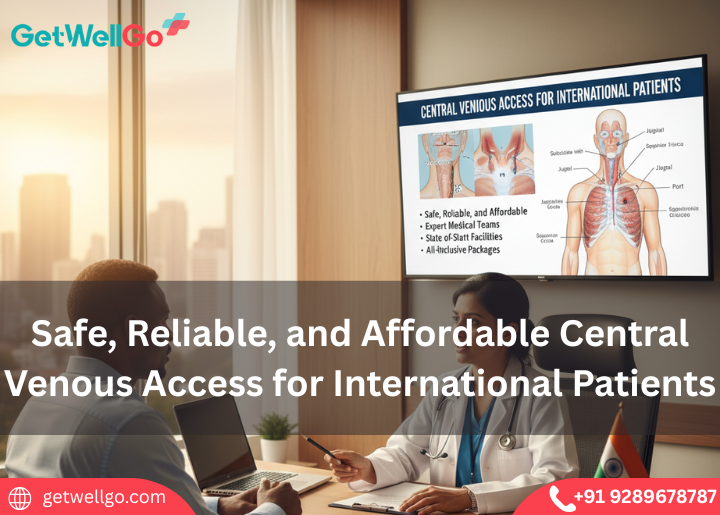
Category
UrologyPublished By
GetWellGo TeamUpdated on
10-Oct-2025Central venous access is the insertion of a catheter into a major central vein (typically in the neck, chest or groin) in order to achieve consistent access to the blood stream. It is also commonly in situations where patients need long-term intravenous therapy or rapid fluid replacement as well as central venous pressure monitoring.
Central venous access refers to the placement of a central venous catheter (CVC) in a major vein usually internal jugular vein, subclavian vein, or femoral vein. It does not involve usage of peripheral IV lines as it provides access directly to central circulation to perform specialized treatment.
Indications
Sites of Insertion
Benefits
Central Venous Catheter (CVC) Insertion - Central Venous Catheter (CVC) insertion, also known as Central Line Insertion is a medical intervention conducted by inserting a thin and flexible pipe (catheter) into a large vein to administer medications, fluids, nutrition, or to check measurements of the central venous pressure.
A catheter of this type, a central venous one, typically goes through one of the great veins in the:
Preparation
Insertion
Confirmation
Chest X-ray (except at femural site) is performed to verify the tip placement and exclude such complications as pneumothorax.
The most important factors influencing the cost of central venous access (CVA) procedures / surgery in India are:
The costs of CVA are:
The following is a simple and an organized description of the Central Venous Access Procedure:
Lidocaine 1% infiltrated.
GetWellGo is regarded as a leading supplier of healthcare services. We help our foreign clients choose the best treatment locations that suit their needs both financially and medically.
We offer:

GetWellGo connects international patients to top hospitals for bilateral hydrocele surgery at reduced costs, ensuring quality care in trusted destinations worldwide.
Read More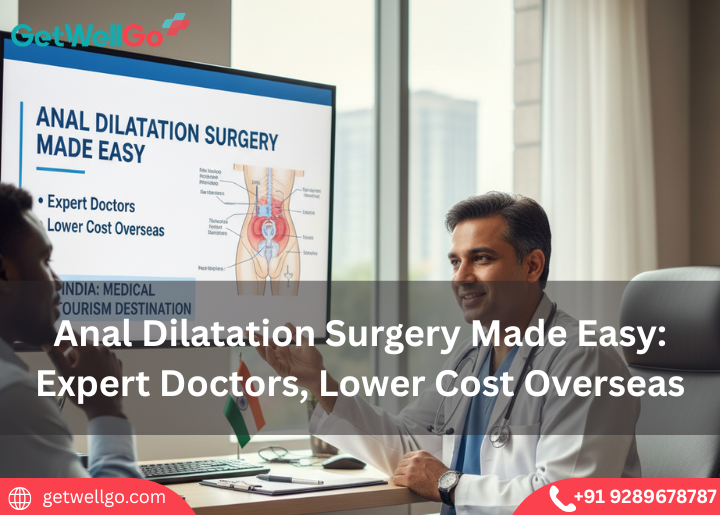
GetWellGo connects you to expert doctors for Anal Dilatation Surgery abroad—safe, effective, and affordable care for international patients.
Read More
Experience advanced and safe Percutaneous Nephrolithotomy in India for kidney stone removal. Get expert care, affordable treatment, and seamless medical travel support for global patients.
Read More
Retrograde Pyelogram in India offers precise urinary tract imaging using advanced technology. Get accurate diagnosis, expert care, and affordable treatment for kidney and ureter conditions.
Read More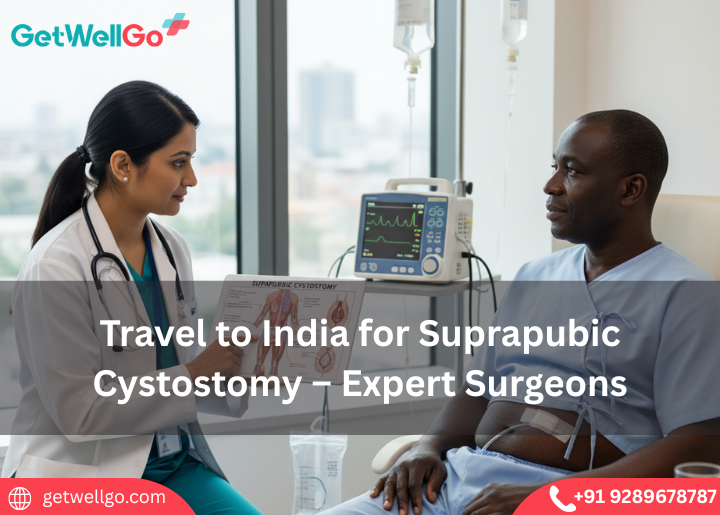
Travel to India for suprapubic cystostomy with expert urologists. Get advanced, safe, and affordable treatment at top hospitals, tailored for international patients seeking quality care.
Read More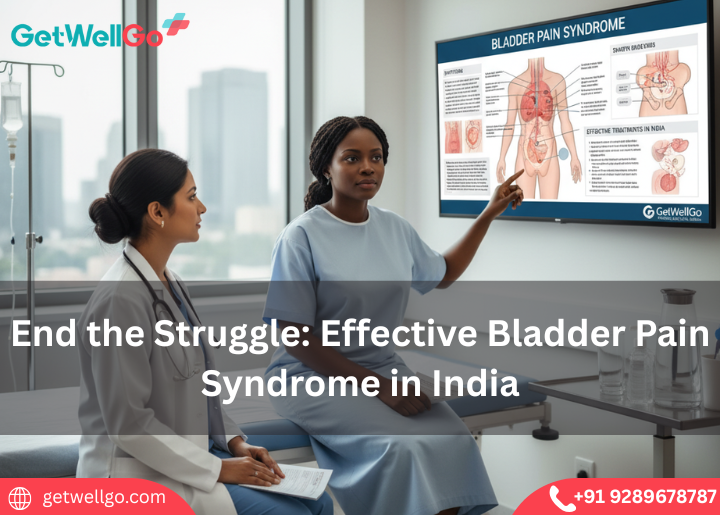
GetWellGo connects international patients to top bladder pain syndrome treatments in India, offering advanced care and trusted medical experts.
Read More
Travel to India for UTI treatment with GetWellGo. Connect with expert doctors and trusted hospitals offering safe, affordable care for international patients.
Read More
GetWellGo connects patients worldwide to India’s best hematuria treatments—affordable, trusted, and expert care for faster healing with confidence.
Read More.png)
GetWellGo connects international patients to India’s leading surgeons for enlarged prostate surgery. World-class care, advanced facilities & cost savings.
Read More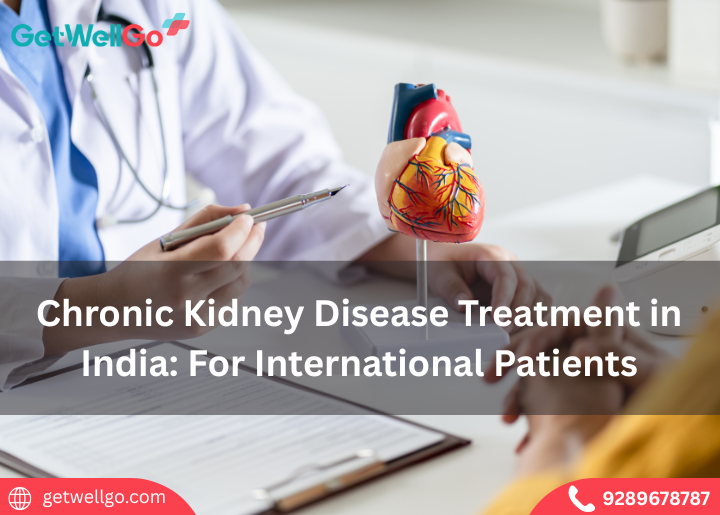
Explore advanced and affordable chronic kidney disease (CKD) treatment in India for international patients, with expert nephrologists and world-class dialysis and transplant care.
Read More
Affordable gallbladder surgery in India for global patients with GetWellGo. Quality care, seamless travel, and expert medical guidance throughout.
Read More
Learn key facts about penile cancer, its symptoms, treatment, and care options. GetWellGo guides international patients with trusted medical support.
Read MoreFill the form below to get in touch with our experts.
Please fill in your details below and our experts will get back to you.